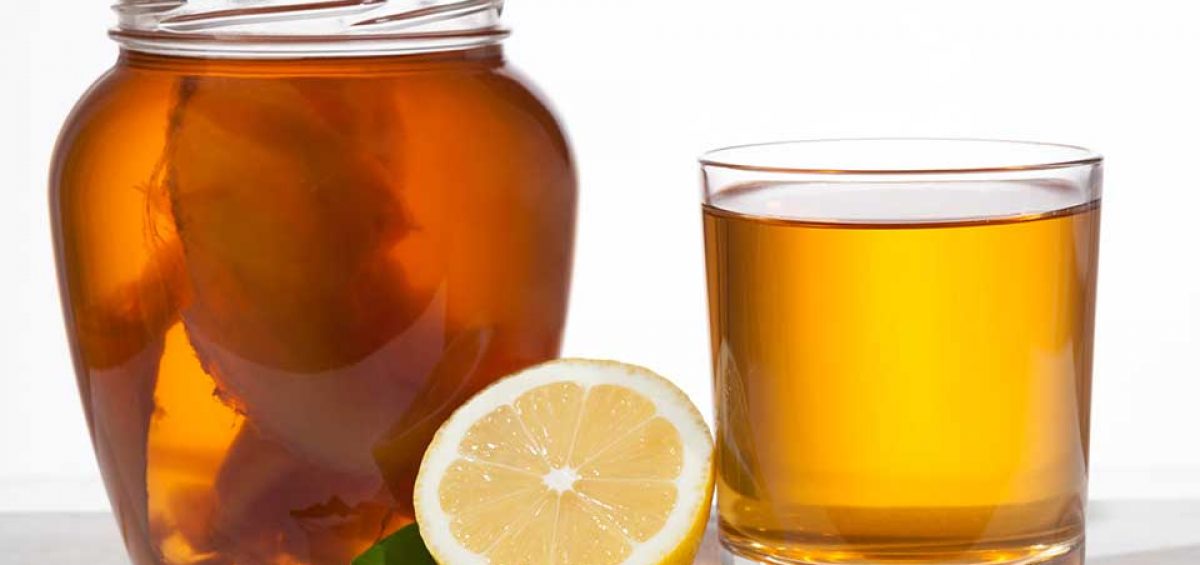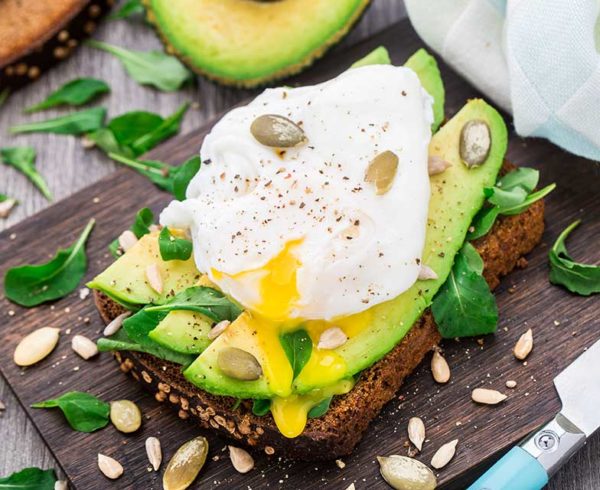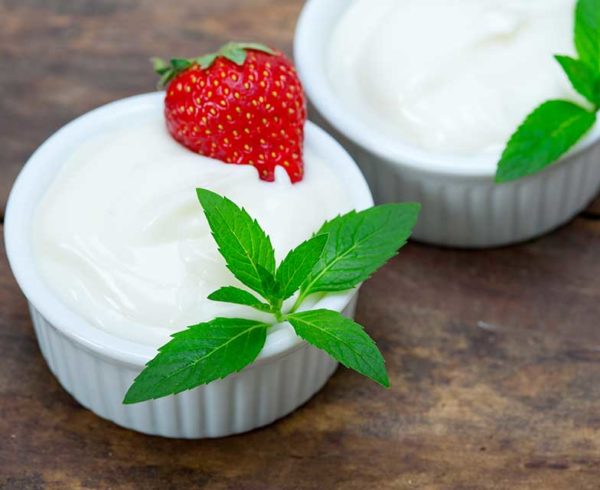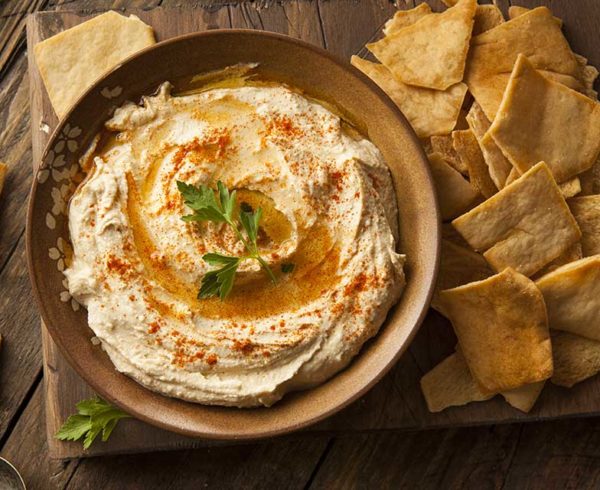Reprinted with permission from Zach McCabe of McCabe Chiropractic.
After I posted a picture of some of my recently completed kombucha brews on FB, I received a few inquiries about it. Some were wanting to know how to make the flavored brews I had created, others were wanting to know how to start brewing it themselves, but most people simply asked “what in the world is kombucha?” I thought a quick blog post could sum it up for all.
First, a quick history and overview of kombucha.
Kombucha is a fermented sweet tea used for centuries as a healing elixir, having claims of almost miraculous properties that cure a myriad of ailments from arthritis to cancer. The fermentation process happens due to the presence of a “kombucha mushroom” which is added to the tea and allowed to ‘brew’ for a short period of time. This ‘mushroom’ isn’t really a mushroom at all, but a Symbiotic Culture Of Bacteria and Yeast (SCOBY). The SCOBY itself looks more like a pancake, and along with ‘mushroom’ and ‘SCOBY’ may be called a ‘mother’, ‘pancake’, ‘disc’, and others. The healing properties do have some validity, but very little research has been done on it. What we do know is this:
1) It’s a probiotic. As a culture that contains apparently ancient strains of bacteria and yeast, the brew itself even after being filtered and ready to drink contains significant amounts of probiotic organisms, and therefore seems to be a great source of good bacteria. Our digestive system was, is, and always will be full of bacteria. It’s how our gut is designed to work. There are good bacteria that are supposed to be there, that help us maintain health, help us digest food, absorb nutrients, and fend of invaders. However, with a poor diet, radiation, or antibiotic use, those good bacteria fail to thrive and bad bacteria can take over and can reek havoc on our bodies and our health. Drinking kombucha can help keep our gut populated with good bacteria.
2) It’s a detoxifier. Kombucha has been shown to contain glucuronic acid, which is an amino acid naturally produced in the liver and used for detoxification in our body. Specifically, glucuronic acid binds toxins in the blood stream and allows for them to easily pass through the kidneys and out of the body. Of most importance, glucuronic acid is one of only a few binding agents that effectively removes estrogen metabolites and estrogen like environmental toxins (think BPA and pesticides). Given that fact alone, the cancer fighting claims of kombucha may have some validity.
3) It’s a alkalizer. We westerners have an acidic diet. What kombucha does is help create a less acidic blood pH because even though the drink itself is “acidic” it leaves an alkaline ash. To learn more about acid and alkaline ash click here. There’s certainly controversy on this topic, but in my opinion, it works.
From what I can gather, the origins of Kombucha are a mystery. Some sources have it originating in China a few centuries before Christ. Others claims put it first in Japan, Korea, and Russia. It goes by a number of names (Kvas is Russia for example), but the name kombucha seems to originate in Japan where in the 4th Century Emperor Inyko was treated by a Korean physician called Kambu with the tea and it took his name, “Kombu” and “cha” meaning tea.
So, how do you make kombucha?
First, you’ll need to find a SCOBY. Although you can find them as starter kits online, finding someone else who is already brewing it is the best solution. SCOBYs continually grow and multiply while they’re fermenting, and therefore anyone actively brewing tea will typically have extra SCOBYs as a result. If you’re fortunate enough to know someone who can give you a SCOBY, they’ll give it to you in a container with some previously brewed tea in it already, and there you have your starter.
Second, you’ll need to make some sweet tea and then the kombucha tea. Here’s the recipe I use:
- Bring 3 quarts of water to a boil. Remove from heat.
- Add 1 cup raw organic sugar and stir into solution.
- Add 5 organic Oolong tea bags (or an equivalent of black, green, or white tea)
- NOTE: many herbal teas will kill the SCOBY
- Let the tea steep for 10-30 minutes and cool to room temperature.
- Remove tea bags and pour sweet tea into GLASSstorage vessel
- a one gallon jar works well; I prefer a larger vessel
- Add SCOBY
- Cover with a barrier to allow air exchange (“breathing”) but prevent particle contamination
- cheesecloth works well
- Store at room temperature for 7-10 days
- near the end of this time you should smell a vinegar like smell coming from the vessel.
- the length of time will determine the flavor. Short time will make a sweeter tea; longer time more sour.
- After 7-10 days pull out the SCOBY, filter the liquid (using cheese cloth or other filtering device) and store the finished product in a new vessel (preferably glass) in the refrigerator to prevent further growth.
- Start the process all over again. Drinking the kombucha during the week while the new batch is brewing.
If you want to flavor your tea, you’ll want to ferment it a second time. NEVER ADD ANYTHING ELSE TO THE ORIGINAL BREW. You will contaminate the SCOBY and likely kill it.
First of all, if you’re new to brewing kombucha, don’t worry about flavoring it until you’ve mastered the steps above. Enjoy it without flavoring for a while. I think you’ll find it extremely refreshing.
To flavor you tea, follow these simple steps:
- Once you have poured your tea into its final storage container (I typically use growlers and quart jars) leave enough room at the top to add your flavorings.
- Add your flavoring (fruit etc.) of choice to ferment again for 1-2 days at room temperature, again covering to prevent contamination but allowing to breathe.
- Once the time is up, filter off the mass of SCOBY and fruit and throw away.
- Refrigerate final product to prevent further growth.
- Enjoy!
Some of my favorites are listed below. The measurements are per quart of tea. If you use a growler or half gallon jar double the amount, but of course you can change to your liking, add/subtract or experiment on your own. What I did learn the hard way is that cinnamon will kill your SCOBY, eliminate the probiotic properties, and leave you with a tea possessing a funky after-taste. Of course, I forgot that cinnamon has anti-microbial properties. Anyway, here’s a few good recipes:
Blueberry: Add 1/4 cup of organic blueberries (fresh or frozen)
Raspberry Lime: 1/4 cup fresh or frozen Raspberry and two lime slices
Ginger Pear: 1 tablespoon of fresh chopped ginger and 1/4 cup of chopped pear
Ginger Berry: 1 tablespoon of fresh chopped ginger and 1/4 cup of an organic berry of your choice
PeachBerry: 1/4 cup frozen peaches and 1/4 cup berry of your choice (I like blueberries)
Cran-Strawberry: 1/4 cup each of cranberries and strawberries (note* dice the cranberries to get the flavor out of their tough skin).









Leave a Comment